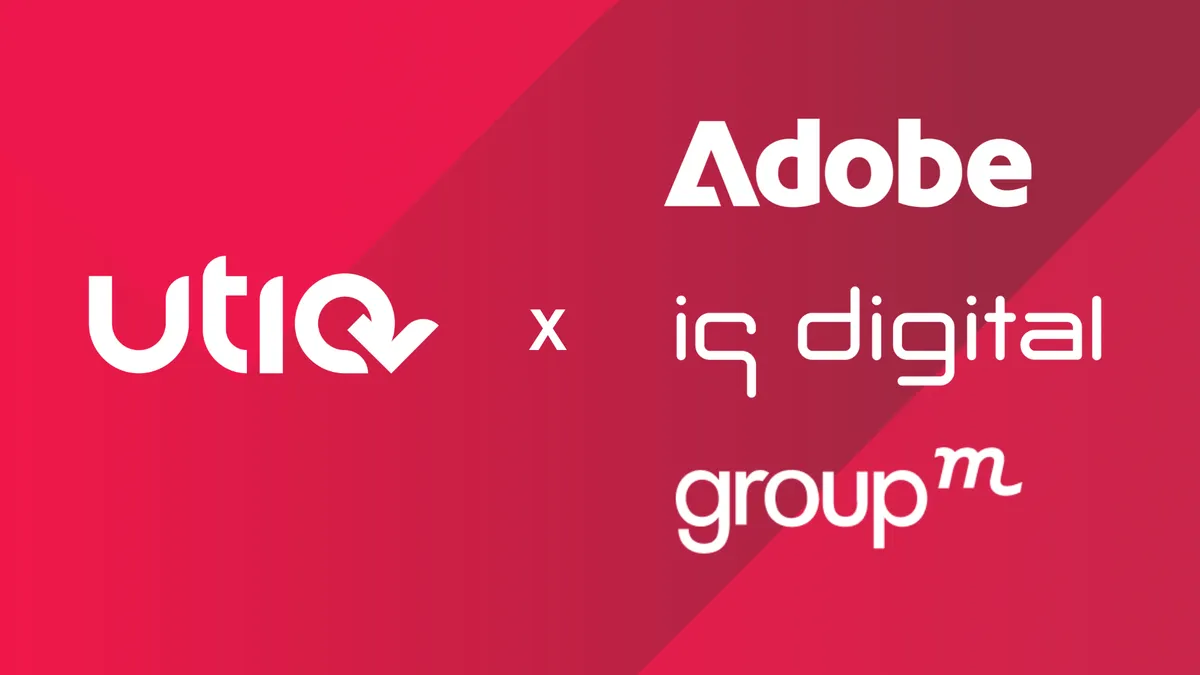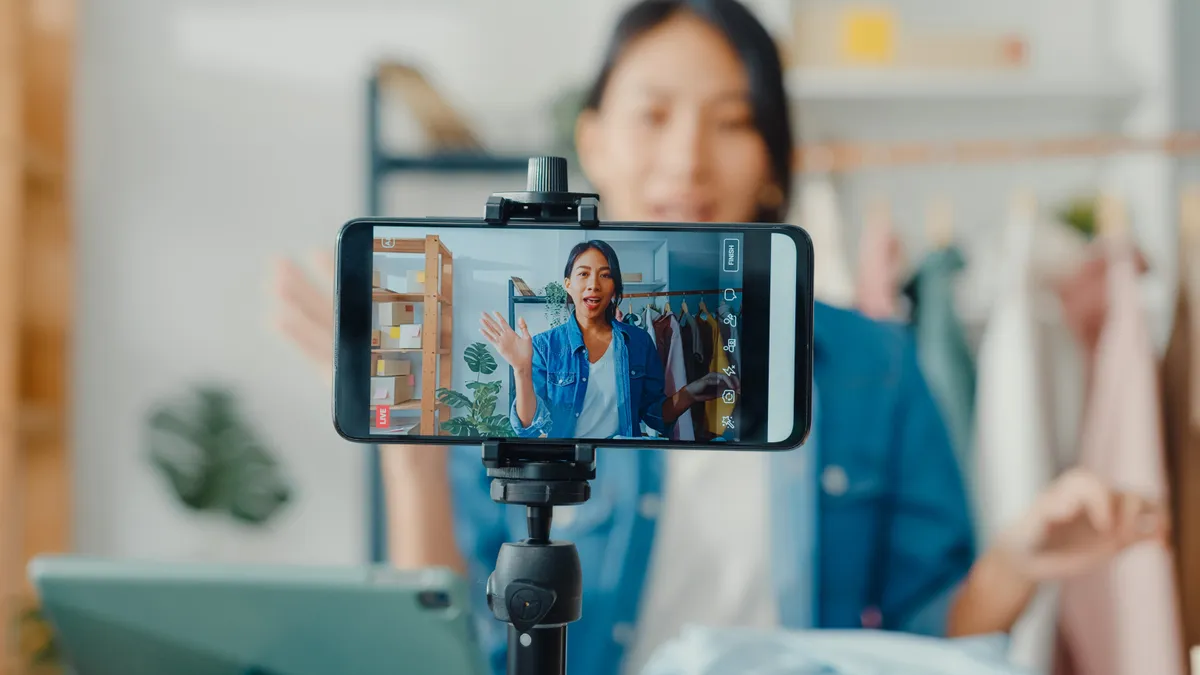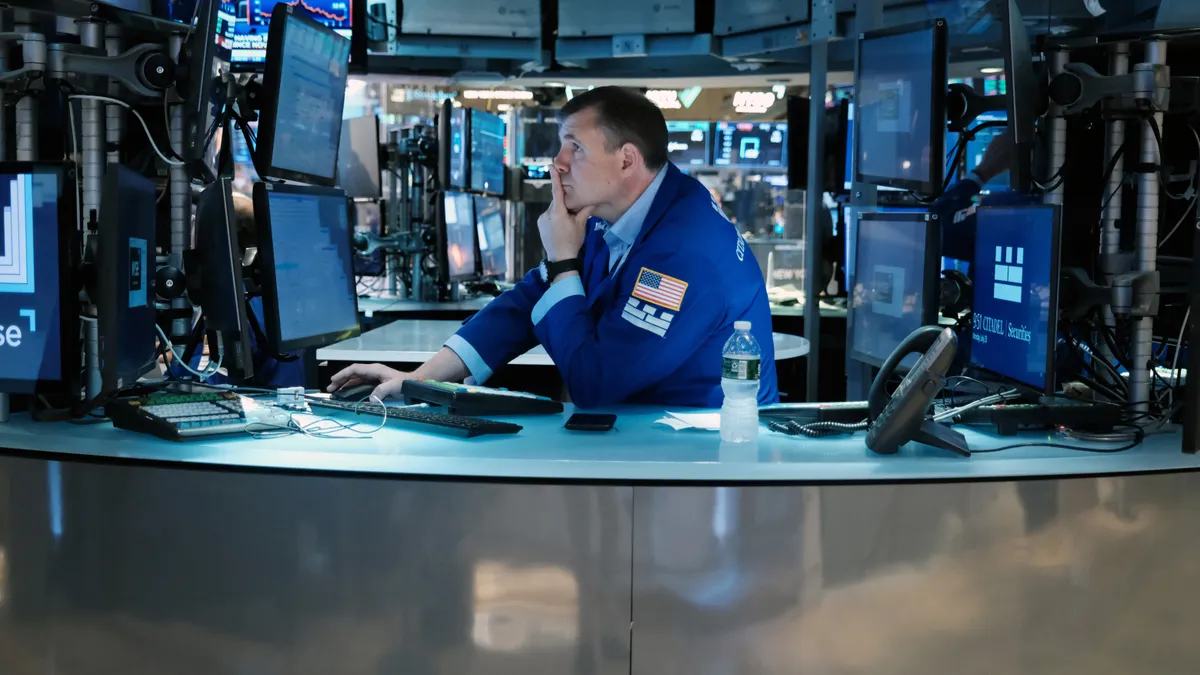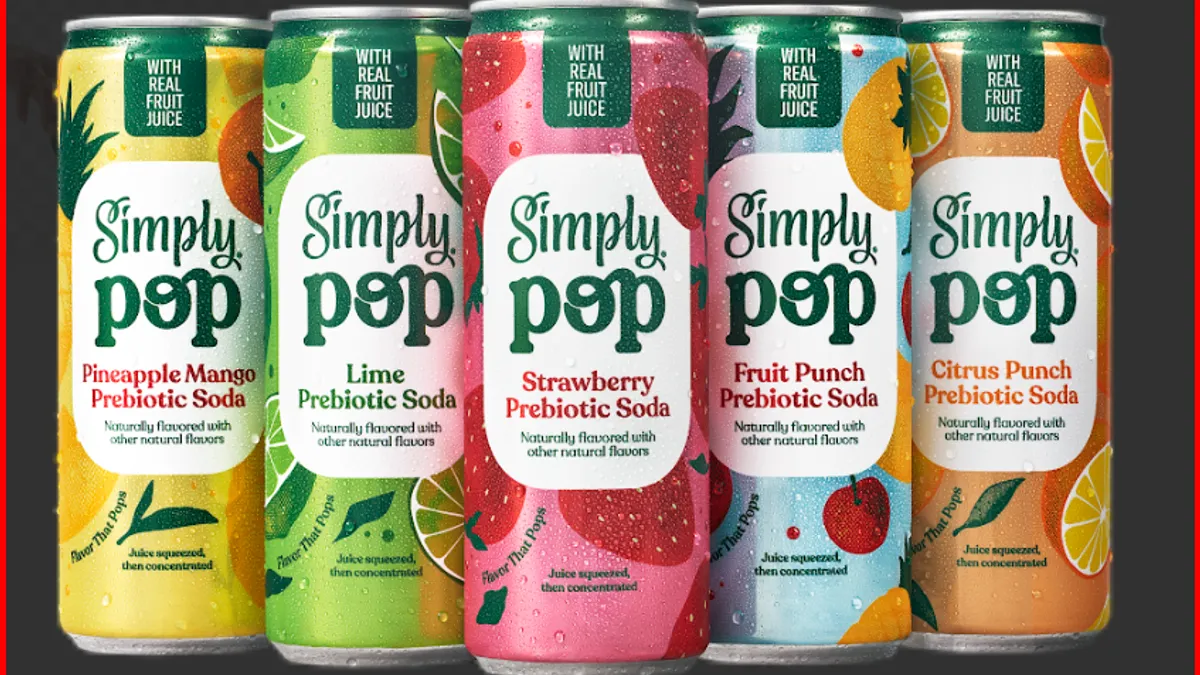Despite recent clean-up efforts for the digital media supply chain spurred by thought leaders like Procter & Gamble's Chief Brand Officer Marc Pritchard, marketers and platforms alike should hunker down for what's bound to be a slow, sometimes painful shift toward transparency and deeper insights rather than searching out a quick fix from some magic bullet solution.
Pritchard started the year off by putting the company's digital ad partners on notice, demanding they implement Media Rating Council (MRC) accredited third-party measurements for ad viewability by the end of the year or otherwise lose the CPG giant's ad business. Since Pritchard's declaration, chatter about measurements and metrics appears to be both more omnipresent and weightier than usual, spurring change from platforms both large and small.
Google and Facebook have independently pushed to give marketers more insights, while also submitting themselves to more auditing from watchdog groups like the MRC. Other social players including Twitter and Snapchat have focused on building out tools focused on viewability, both of which utilize third-party firms like Moat. Though these strides are important, they still might not be enough, experts said.
"The enforcement of a standard set of rules, for which media is being sold and bought, is what should be on all marketers' minds right now," said Mikkel If Hansen, partner and product owner, Blackwood Seven, adding that advertisers need solid proof of delivery for ads bought and publishers need to know how their inventory is being resold.
"This will drive a focus on the validation of both the delivery of media and the marketplace for which this is being sold," he said.
Why measurement and metrics matter
As digital marketing becomes more of a data-driven science than an art, marketers face increasing pressure to measure tangible returns for their efforts, namely through performance metrics. However, several key measurement areas have recently shown to be lacking, an issue exacerbated by the messy state of the digital media supply chain.
Improving metrics might ultimately be the key in bettering the overall quality of digital advertising and finally turning the tide against the rise of technologies like ad blockers. In April, Forrester Research put out a report that found U.S. marketers wasted up to $7.4 billion in spend on low-quality display ads in 2016, largely stemming from a lack of transparency in the media supply chain; out of that total, 56% of ad dollars went to fraudulent ads or unviewable inventory.
Two recent developments attack both of those issues. The Interactive Advertising Bureau (IAB) now requires all of its members be registered with the Trustworthy Accountability Group (TAG) to fight ad fraud, with President and CEO Randall Rothenberg stating the requirement will make the media supply chain safer. And, at the end of April, comScore announced it was releasing a viewability measurement tool for free to its clients in order to open up marketing budgets to deeper performance metrics.
More marketers are also turning to independent third-parties to help them with their measurement efforts. These partners and their tools, however, must have validated technology, scalability and a solid reputation of providing independent measurement on standardized, accepted metrics said Calvin Lui, president and chief strategy officer, Unified.
As an example of the value in independent measurement tools, Lui cited Oracle's recent acquisition of noted measurement firm Moat for $850 million. Lui also offered a checklist of fundamental questions marketers should be asking about measurement and metrics:
- Where exactly did my ad run?
- Who really saw my ad?
- Did I get what I paid for?
- What was the ultimate performance?
- Overall, did my investment lead to desired outcomes not just in terms of ROAS but also brand health and consumer sentiment?
Digital players are making improvements
Pritchard's demands for a media supply chain clean-up clearly lit a fire for many, but he more recently noted that Google is the only company on track to meet his end-of-year deadline, although Facebook is taking steps in the often months-long process. Google, for its part, has also partnered with Neustar for advanced marketing metrics to help brands better understand the effectiveness of spending across channels and regions.
"We are encouraged by the recent progress announced by the big players — Facebook and Google — and what we've heard from several others," he said at the 4A's Transformation conference in March. "But let's also be clear that the announcements indicate intention and work in progress. It's not enough until the verification and audits are actually implemented."
On top of MRC audits and deepening third-party measurement partnerships, Facebook has now rolled out two new tools including a redesigned Delivery Insights dashboard and an Estimated Daily Results feature, along with transferring over several key ad metrics from Atlas to its Business Manager platform. Twitter is expanding its third-party measurement for reach and viewability. Snap Inc., parent company of the popular video messaging app Snapchat, is providing select advertisers with a viewability score for Snap Ad campaigns with help from Moat, which is audited by the MRC.
But though it's bowed to industry pressure, Facebook has also seemed to offer veiled criticisms of Pritchard's demands, with COO Sheryl Sandberg suggesting on a recent Q1 earnings call that measurements of things like "how long a video is viewed" are "only proxy metrics," and that impact on sales is what really matters.
A 'constant struggle'
Even as the digital landscape does begin a slow migration toward more transparency and deeper insights, the situation won't be solved with a short-term, one-and-done fix. There are two key reasons why marketers should be thinking about measurement and metrics in the bigger picture, according to Brian Baumgart, CEO, Conversion Logic — one being a lack of global standardization and adoption and the second simply being anxiety.
"There is a constant struggle to prove the efficiency of media within brands," he said. "Today's marketers are data-driven and are quick to establish equilibriums to enable budget allocations.
Adding viewability requirements, eliminating fraudulent traffic and re-working agency contracts would disrupt the equilibrium setup for budget allocations," he added. "Addressing this fear also requires an inside-out approach, where brands foster a culture to measure accurately without biases, then confidently experiment and test results."
About the lack of global standards, Baumgart applauded P&G for leading by example and the actions by organizations like the MRC, IAB and 4A's, but cautioned that industry change has to come from the inside-out. Measurement and metrics should matter to marketers because the topic represents a serious shift to the marketing landscape, he explained.
"From ad fraud to viewability to agency contracts' transparency, these issues in the media supply chain have traditionally been a significant problem for marketers," said Baumgart. "When they converge, marketers are left grappling to make sense of causalities that do not exist, which leads to subjective biases in marketing insights."





















